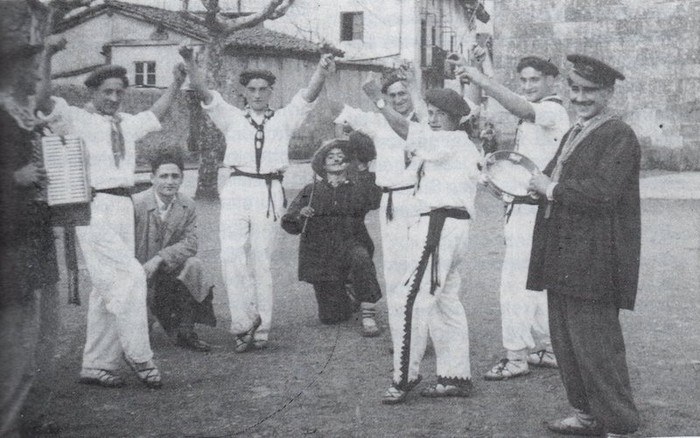Why are knots used to measure the speed of boats?
In the past, without close physical references, it was difficult to measure the speed at sea. The process began with the release of a trunk or a piece of wood that had a rope tied from the ship’s stern. They would float over the surface of the water and wait for the trunk to stop, and then they would measure the speed at which the boat would move away from the wood.
To calculate the distance, knots were made at the rope, with approximately 47-foot wide intervals, and the knots were counted as the rope was leaving the boat.
However, to measure speed, in addition to the distance units, time units were needed, and to do so, sandpieces of about half a minute were used. Therefore, in this work, two people were needed: one to flip the clock and the other to count the knots. And because the tools used were not very precise, the results were mediocre.
However, the ratio between time and knots was adjusted until coinciding with the nautical miles of that time, and nowadays, at the time of the satellites, there are still nodes the units used to measure the speed at sea.
In the Maszycka cave in Poland, remains of 18,000 years ago were found at the end of the 19th century. But recently, human bones have been studied using new technologies and found clear signs of cannibalism.
This is not the first time that a study has reached this conclusion,... [+]
Porzheim, Germany, February 23, 1945. About eight o’clock in the evening, Allied planes began bombing the city with incendiary bombs. The attack caused a terrible massacre in a short time. But what happened in Pforzheim was overshadowed by the Allied bombing of Dresden a few... [+]
Poloniar ikerlari talde batek Sevillako Italica aztarnategiko Txorien Etxea aztertu du, eta eraikinaren zoruko mosaikoak erromatar garaiko hegazti-bilduma xeheena dela ondorioztatu du.
Txorien etxean 33 hegazti daude mosaikoetan xehetasun handiz irudikatuta. Beste... [+]
Judea, 2nd century AD. In the turbulent atmosphere of the Roman province, a trial was held against Gaddaliah and Saul, accused of fraud and tax evasion. The trial was reported on a 133-line paper in Greek (pictured). Thinking that it was a Nabataean document, the papyrus was... [+]
Vietnam, February 7, 1965. The U.S. Air Force first used napalma against the civilian population. It was not the first time that gelatinous gasoline was used. It began to be launched with bombs during World War II and, in Vietnam itself, it was used during the Indochina War in... [+]
Archaeologists have discovered more than 600 engraved stones at the Vasagård site in Denmark. According to the results of the data, dating back to 4,900 years ago, it is also known that a violent eruption of a volcano occurred in Alaska at that time. The effects of this... [+]





















